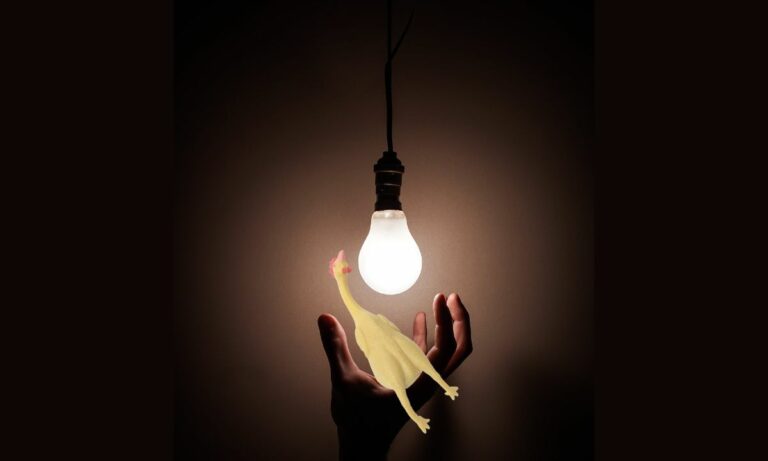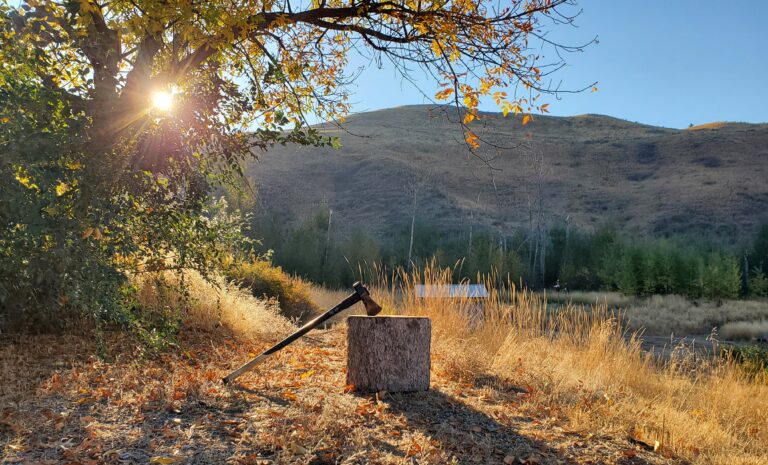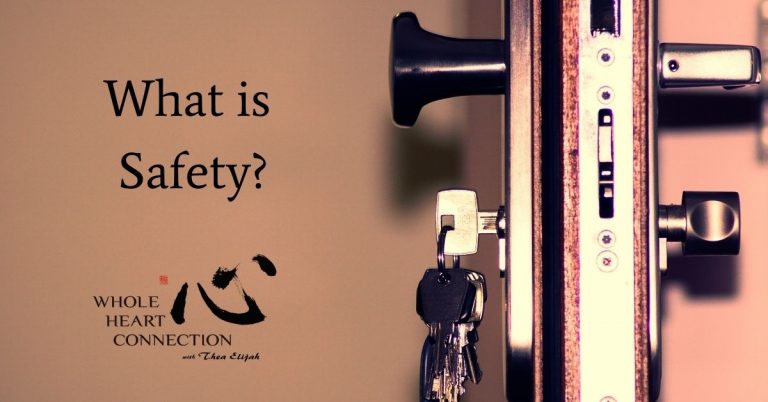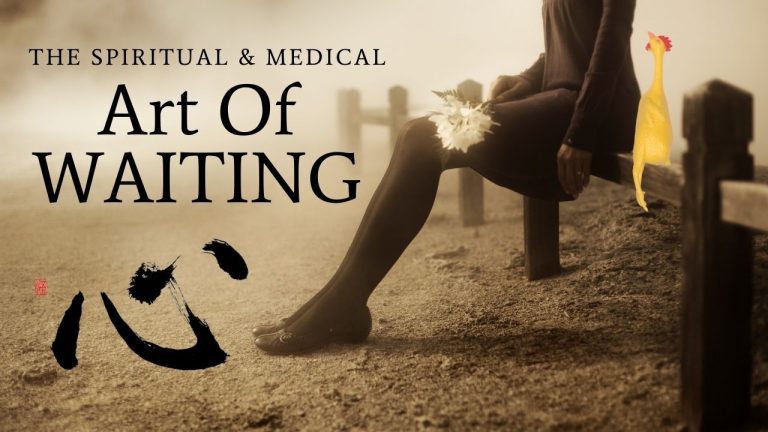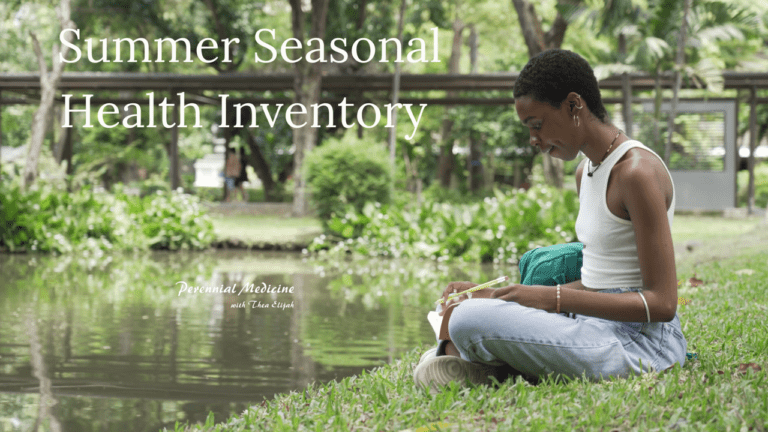Healthy Anger, in Autumn
What is healthy anger? That’s an easily politicized question—and I‘d like to disrupt the binary of healthy/unhealthy anger by instead suggesting that we consider anger along the polarity of healthier anger and less healthy anger. This is important for many reasons, chief among which is that anger is a dynamic process, and health is a moving target. Anger that is healthy right this moment will not be healthy after a few days, or weeks, or months at the most—it is part of a transformative journey. It has stages, just like grief. Passing through a stage is healthy; getting stuck in that exact same stage is not.

The most important question in considering anger is, where is it headed? What was the last stage and what is it turning into now? Only by considering trajectory (aka direction) can we assess healthier and less healthy anger.
Let’s consider, for example, anger that is being used to bolster self-esteem (heat in the blood). If we simply apply the binary and ask, “Is this anger healthy, or unhealthy?” we will miss the moving target. I suggest that we address the polarity and ask two questions: 1) What is this anger healthier than? And 2) What might be the next healthier step for this anger?
To use the example of blood heat anger bolstering self-esteem, what might this be healthier than? Take a moment to wonder about it, and see if you can come up with a few suggestions.
Examples that come to mind for me are, for instance, collapse of self-esteem. A person could just let themselves be beaten, and have so little self-esteem that they think they deserve it. Simmering heat in the blood anger is definitely healthier than that.
Yelling at people in traffic on a regular basis is another way to bolster self-esteem, and clearly, that is much less healthy than just walking around seething. There are many ways to bolster self-esteem that are far less healthy than just internally generating a good case of heat in the blood.

Consider in the abstract, just for practice, what each type of anger might be healthier than—and with your clients, see if you can get a more specific sense of, What is this anger healthier than? In what way is it functional, a good idea, a step up from—what?
This will give you the first two dots on a trajectory graph, from which to consider, ok this anger already has an aspect of health to it—what’s the next step in the anger journey?
Remember, in healing, we can’t skip steps.
The anger of Wood is an important part of how Water (potential) becomes Fire (manifestation). It’s the wild arousal of springtime, waking us up out of our dormancy—even if it is happening in autumn! We all know that emotions are associated with seasons, but we also know that they can happen at any time of year, and this has consequences.
What happens when we are angry in autumn? There is not one single way that this will manifest; it will manifest along a spectrum of healthier and unhealthier. Autumn could be the worst or the best time to be angry, depending on how we move through it.

At worst, anger is an upward-and-outward energy that could disrupt the downward-and-inward energetic of the autumn. Autumn is a time of furling and gathering, of bringing closure to long-standing projects and preparing for rest. It is a time when it’s getting colder, and thus a time when letting our Yang escape through open pores, or open doors and windows, or other outward expenditures, may leave us weakened as winter comes in. Trees are thickening their bark, animals are fortifying their dens and nests, in preparation for a time of conservation and enclosure. It’s not a season of leniency or experimentation; there will be no time for rectification of errors or recoup of losses before winter sets in. Mistakes are costly in the autumn, and anger is frequently not the most meticulous and considered emotional state.
By the same token, at best, autumn could be the most advantageous time of year for anger, as the severity and sobriety of autumn energy can help us to proceed with more gravity and weight, more awareness of consequences. Autumn is the time of the killing frost; what is lost will not come again. In greater health, autumn anger carries a sense of caution around not recklessly breaking what cannot be repaired. There is a deliberateness, and a decisiveness, and an awareness of needing to live with our choices for a long time to come, in healthier autumn anger.

Healthier autumn anger makes full use of the energy of the season, rather than ignoring it, and turns our anger towards higher principles. Healthier anger in autumn is imbued with a greater sense of grief; we are more aware of what we love and cherish, and do not want to lose. Healthier anger in autumn is more capable of taking a breath, and considering the “other I / other eye,” or the view from the opposition. What values are in conflict here? How can we respectfully negotiate, rather than disrespectfully dismiss each other’s most precious and essential concerns?
The anger of springtime is naturally more aggressive, coming forth to expand our growth into new territory. Autumn is more defense-oriented, concerned with protection. I am reminded of the strategy discussions of an activist organization called Indivisible, which advised after the 2016 election that this is not a time for the pursuit of our ideals and utopias; this is time for inch by inch battles to preserve what we value, and keep it from being eroded and destroyed.
In many ways, this era seems like a difficult time to be healthy, and a difficult time not to be angry (as well as many other emotions, seasonal and unseasonable). Take a moment to consider the ways in which you are healthier—what could you do, or be, that is worse? What choices have you been making that are clearly more supportive of your well-being and the well-being of the world around you, that are healthier than other choices you could have made?

Don’t skip over this step; it’s important, especially in autumn, when we are called to make a clean, clear reckoning of our state. We are healthier than we might otherwise be. Pause to notice this, in as much detail as you can. Appreciate, acknowledge. Take a breath.
Next, let’s look at the road ahead, aiming not for “health” as though it were a monolithic ideal, but step by step, choosing healthier. What are some of your healthier next steps, for your anger or for any other emotions that are moving in you now?
We’ve made it this far, which has been no small task. Let’s give thanks, put on a warmer jacket, zip it up, and turn to face into the wind.
For more insight into dealing with anger in yourself and your clients, join me at my upcoming workshop Safety in Treating Anger with Herbs and Acupuncture.
Or, join the conversation on the Perennial Medicine Listserv.

